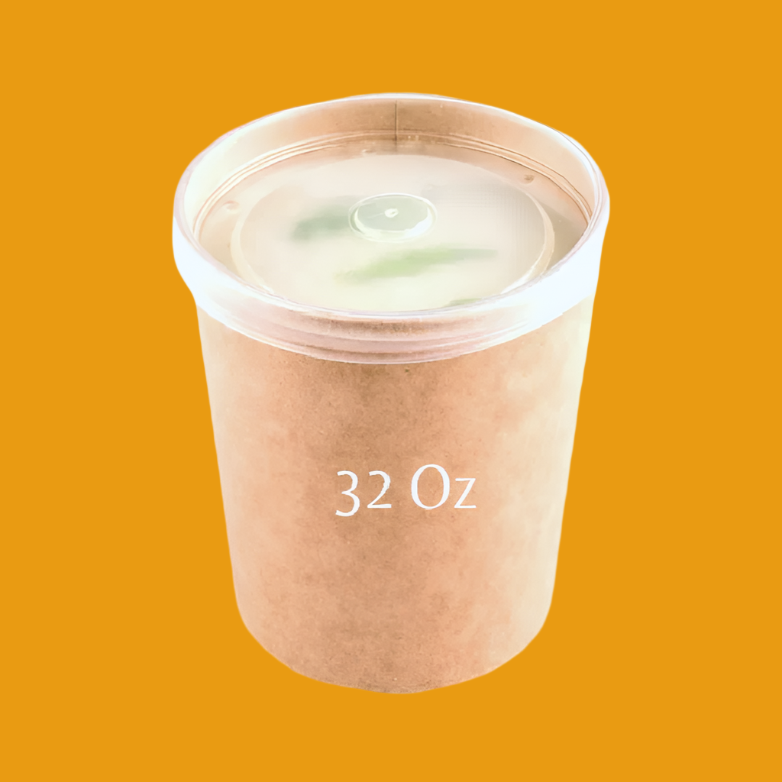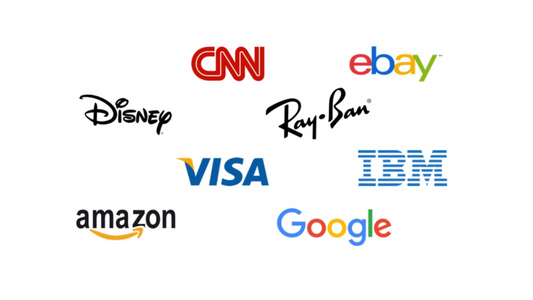Packaging plays a crucial role in product protection, branding, and user experience. However, bad packaging can lead to frustration, environmental damage, and financial losses for businesses. This article explores common examples of bad packaging, its negative consequences, and strategies to improve packaging design.
What Is Bad Packaging?
Bad packaging refers to any packaging design that fails to serve its purpose efficiently. It may mislead consumers, be difficult to open, overuse materials, or be environmentally harmful.

Bad Packaging Examples
Misleading Packaging
-
Tiny product in a huge box: A small USB drive or cosmetic item packed in a box 10 times its size, making customers think they are getting more than they actually are.

-
Deceptive product images: A food package showing a large portion of meat or fruit, but inside, the actual product is much smaller.
-
Hidden empty space: A bottle or container with a false bottom or thick walls that make it seem like there’s more product inside than there actually is.
Hard-to-Open Packaging
-
Over-sealed plastic wrapping: Some items are wrapped so tightly in plastic that they require scissors or knives to open, frustrating users and sometimes causing injury.
-
Poorly designed tear strips: Bags of chips or snacks with a "tear here" line that doesn’t actually open the package, forcing consumers to rip it apart or use tools.
-
Fragile packaging seals: Seals on bottles or food containers that are either too tight to open easily or too loose, leading to spills.

Over-Packaging (Excessive Waste)
-
Multiple layers of unnecessary wrapping: A product inside a plastic tray, wrapped in plastic film, inside a box, then sealed with another plastic layer.
-
Individually wrapped items inside another package: Small candies or pills each wrapped separately inside a larger plastic bag, creating excessive waste.
-
Pointless plastic windows on cardboard boxes: A box with a small plastic window just to show the product inside, making it difficult to recycle.

Non-Eco-Friendly Packaging
-
Mixed-material packaging that can't be recycled: A combination of plastic and aluminum in a single wrapper that makes recycling impossible.
-
Single-use plastic containers for non-fragile items: Products that could be packaged in paper or biodegradable materials but instead come in thick, unnecessary plastic.
-
Excessive use of bubble wrap and foam peanuts: Packages filled with unnecessary plastic cushioning when recyclable materials could work just as well.
Weak or Unreliable Packaging
-
Thin cardboard boxes that collapse easily: A package that can’t withstand minor pressure, leading to damaged products.
-
Leak-prone liquid containers: Poorly sealed bottles or cartons that leak during transport, causing messes.
-
Poorly glued labels: Labels that peel off easily, making it hard to identify the product.
Inconveniently Designed Packaging
-
Containers that don't allow full usage: A bottle with a rigid shape that makes it impossible to get the last bit of product out.
-
Jars with overly wide mouths or deep designs: Food products in jars that require users to scrape the bottom with difficulty.
-
Packaging that doesn't reseal properly: A bag of snacks or flour that has a weak resealable zipper, causing the contents to spill or go stale.
Consequences of Bad Packaging for Customer, Business, and Environment
Bad packaging poses a significant challenge, negatively impacting customers, businesses, and the environment. Here's a closer look at the multifaceted consequences of bad packaging.
For Customers
Customers can meet dissatisfaction with bad packaging, including:
- Operational difficulties: Oversized packaging and excessive materials lead to a tedious unboxing experience. Difficulty opening the package, often requiring excessive force or tools, can result in damaged products and user frustration.
- Information inaccessibility: Incomprehensible instructions or cryptic labeling leave customers confused and unable to use the product effectively. This can lead to product misuse and diminished satisfaction.
- Safety concerns: Packaging requiring sharp objects for access poses a potential safety hazard, especially for children or the elderly.

How Poor Packaging Can Affect Your Business?
When it comes to business, bad packaging can lead to many consequences. They are:
- Damaged brand image: Customers who receive damaged products or experience difficulty using them due to inadequate packaging are more likely to leave negative reviews and share their frustrations online. This can significantly damage a brand's reputation and deter potential customers.
- Hidden financial burdens: Inadequate protection leads to damaged products, translating into returns, replacements, and lost sales. Additionally, oversized packaging inflates shipping costs, impacting a business's bottom line.
- Missed marketing opportunities: Dull or uninspired packaging fails to capture attention on crowded shelves. It doesn't effectively communicate the brand message or product benefits, hindering marketing efforts and leading to missed sales opportunities.

For the Environment
For the environment, bad packaging can lead to many consequences, including:
- Landfill overload: Excessive packaging materials contribute significantly to overflowing landfills. These materials often take centuries to decompose, potentially leaching harmful chemicals into the surrounding environment.
- Pollution proliferation: Non-recyclable or difficult-to-recycle materials like certain plastics contribute to plastic pollution in our oceans, rivers, and wildlife habitats. This disrupts ecosystems and poses a threat to marine life.
- Microplastic menace: The breakdown of plastic packaging creates microplastics, tiny fragments that contaminate our soil, water, and even the food chain. The consequences of microplastic pollution are still being researched, but it's a growing concern with potential health and environmental risks.
Overall, bad packaging leads to many negative consequences for customers' experiences, businesses, and the environment. So what are the alternatives? In the next section, we will identify them and sustainable practices.

Alternatives to Bad Packaging and Sustainable Practices
The environmental consequences of bad packaging necessitate a paradigm shift towards sustainable solutions. Here are key strategies to combat the negative impact:
Minimizing Material Use and Embracing Reuse
- Source Reduction: Companies can prioritize packaging that utilizes the least amount of material necessary to protect the product. Consumers, empowered by clear labeling, can choose products with minimal packaging.
- Investing in Reusability: Encouraging reusable options like refillable containers and cloth bags significantly reduces the reliance on single-use packaging and the associated waste generation.
Shifting Towards Sustainable Materials
- Biodegradable and Compostable Solutions: Utilizing biodegradable or compostable materials for packaging offers a significant environmental benefit. These materials break down naturally, minimizing landfill waste and the threat of microplastic pollution.
- Recycled Content: Integrating recycled materials into packaging production reduces the demand for virgin resources and promotes a more circular economy.

Designing for Reusability and Multifunctionality
Packaging that can be repurposed for storage or other uses extends its lifespan and minimizes the need for additional materials. This shift in design philosophy promotes sustainability and reduces waste.
Transparency and Collaboration
- Clear Labeling: Clear and informative labeling empowers consumers to make informed choices about the products they purchase, including the packaging's environmental impact.
- Partnerships for Progress: Collaboration between businesses, governments, and consumers is essential to drive innovation in sustainable packaging solutions and implement effective waste management strategies.
By embracing these practices, we can move towards a future where packaging fulfills its purpose of protecting products without creating a burden on the environment.
Conclusion
Bad packaging's environmental toll is clear. But the solution lies within us. Consumers can choose minimal or sustainable packaging, reusables, and advocate for change. Businesses can prioritize sustainable materials, minimize waste, and explore innovative designs. Let's embrace sustainable practices and create a future where packaging protects products and our planet thrives.









